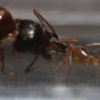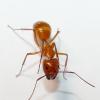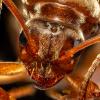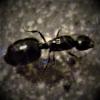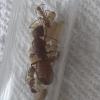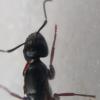Hi All,
How's everyone surviving the winter? Well, I hope. Sorry i've been so radio silent, I've been keeping up with the hobby among other things in life.
If you have a moment, I think I need remedial Hibernation for the Massachusetts ant keeper. I'm fairly certain all of my colonies are now dead.
This fall I fed them all protein (fresh, cut meal worms - and or wild caught/captive breed pill bugs) and local sourced apiary honey. Which they apparently loved because they were clearing their plates every 2-3 days. Knowing hibernation was coming I intentionally over fed them (thinking this was a good thing).
On September 14th, I moved my colonies from the nice warmth of my media center, to a high shelf on my bookcase to begin to acclimate them to cooler/ colder temps.
Now so you know 4 of my larger colonies were in little plastic tool bit sorters I picked up at the dollar store and converted to nest boxes, none of them had substrate. The other 6 are your classic glass test tube setup.
On September 18th, I moved them into a cardboard bankers box with a large piece of foam insulating the bottom. This box was stored in a dark quiet corner of my basement. I got a cheap outdoor thermometer that logged the HI and LO temp. The box has not been warmer than 51, nor colder than 37 (during the polar vortex cold snap a few weeks back) this whole time.
I checked on them every week in November, twice in December, once before the cold snap and once after in January. I just checked them now and they don't look good.
Previously, all my C. pennsylvanicus workers were huddled around the queen and brood. Now they are scattered around and curled up - like they woke up walked around then died.
My L. Flavius had all been in the cell where I had kept the food. Now they are piled in another cell as if on a trash pile.
My T. Caespitum(sp. E?) ate a nanitic (totally gone now) and has moved her brood to the far side of the tube.
I see no movement. I tried gently warming one of my C. pennsylvanicus colonies and after 2 hrs at room temp there was nothing. All the ants now appear to be curled up dead.
Any thoughts on next steps? Or what I did wrong?
Thank You!
- Formiculture.com
- Forums
- Gallery
- Members
- Member Map
- Chat





